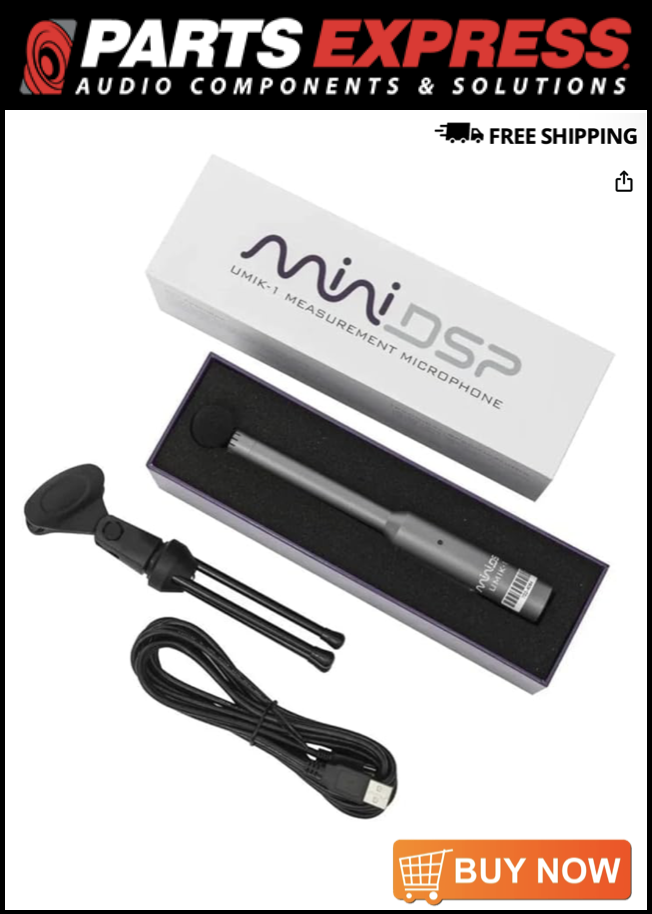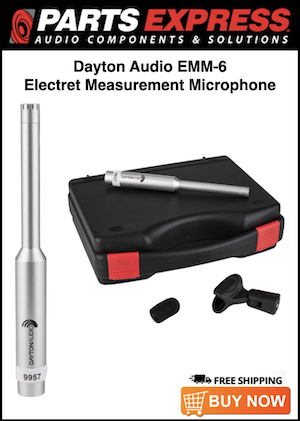I've been using REW for a while now, was able to get it to work with a Focusrite Scarlett for the generator output with a PCI-base card for input, M-Audio Delta 1010LT that I planned to use for distortion measurements. This required the java driver, but it was fine for days (kept the PC powered). Then I changed the Scarlett sample rate from 48KHz to 96kHz. No problem. Later I switched it back to 48K and REW popped up a java error. Since then the java driver will not work with the Delta 1010LT. I've re-installed the Delta driver and updated to the latest REW (I was one behind). No luck. This is the error in the log file:
javax.sound.sampled.LineUnavailableException: EXCL: Line 1/2 (M-Audio Delta 1010LT) does not have any lines supporting PCM_SIGNED 48000.0 Hz, 32 bit, stereo, 8 bytes/frame, little-endian
I verified that the sample rate is the same in REW and the Delta control panel as well as through the Windows 10 settings.
REW is fine with the ASIO for both Scarlett and 1010LT. REW shows all of the 1010LT I/O points, but trying to select one for input or output using the java driver always fails. Any ideas as to why this would fail after working?
javax.sound.sampled.LineUnavailableException: EXCL: Line 1/2 (M-Audio Delta 1010LT) does not have any lines supporting PCM_SIGNED 48000.0 Hz, 32 bit, stereo, 8 bytes/frame, little-endian
I verified that the sample rate is the same in REW and the Delta control panel as well as through the Windows 10 settings.
REW is fine with the ASIO for both Scarlett and 1010LT. REW shows all of the 1010LT I/O points, but trying to select one for input or output using the java driver always fails. Any ideas as to why this would fail after working?














